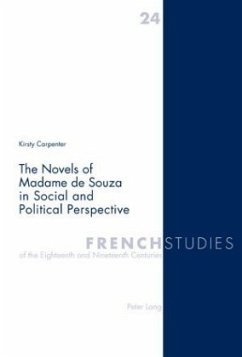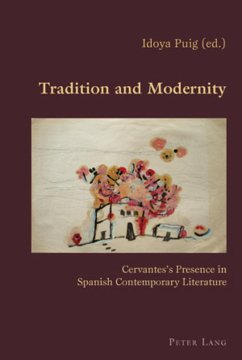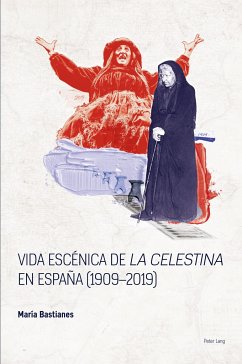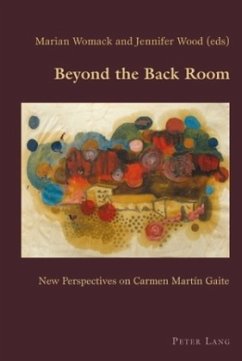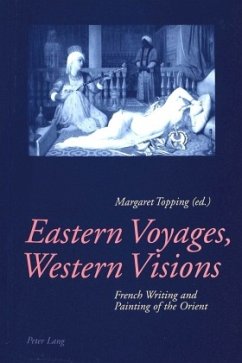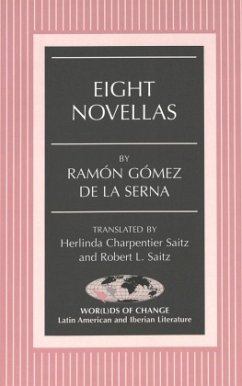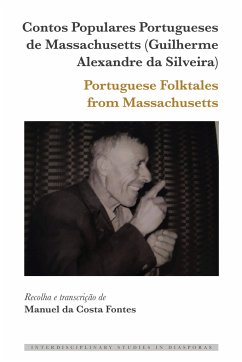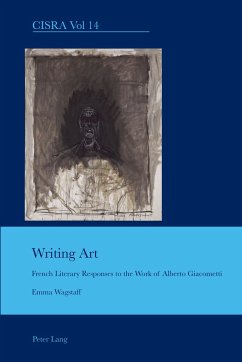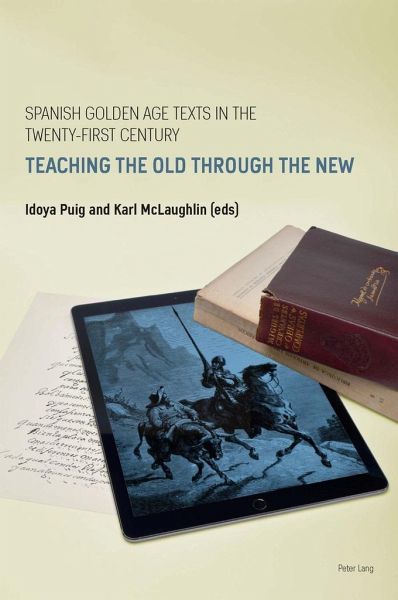
Spanish Golden Age Texts in the Twenty-First Century
Teaching the Old Through the New
Herausgegeben: Puig, Idoya; McLaughlin, Karl
Versandkostenfrei!
Versandfertig in 6-10 Tagen
39,95 €
inkl. MwSt.
Weitere Ausgaben:

PAYBACK Punkte
0 °P sammeln!
The growing challenges posed by the teaching of early modern texts to generations less accustomed to reading and analysing literature makes the need to present these texts in creative and attractive forms all the more pressing. Cervantes, Lope, Calderón, Quevedo and Góngora risk being consigned to the past in many centres of learning if they are not made more accessible to today's learners.At the same time, new pedagogical methods based on technologies and multiliteracies afford renewed opportunities to open up these classic texts to higher education students and to the wider public. Learner...
The growing challenges posed by the teaching of early modern texts to generations less accustomed to reading and analysing literature makes the need to present these texts in creative and attractive forms all the more pressing. Cervantes, Lope, Calderón, Quevedo and Góngora risk being consigned to the past in many centres of learning if they are not made more accessible to today's learners.
At the same time, new pedagogical methods based on technologies and multiliteracies afford renewed opportunities to open up these classic texts to higher education students and to the wider public. Learners can be encouraged to engage with key works using a variety of means, including visual media, music and appropriate contextual parallels.
The present volume addresses these concerns and opportunities by assembling pedagogical expertise and good practice to facilitate the task of teaching older texts through new methodologies. It brings together Golden Age scholars from the UK, Spain and the US, who offer different perspectives and approaches drawn from their respective academic contexts. As the volume demonstrates, common concerns clearly exist but so too does the strong belief that there is much to be shared in terms of innovative ideas and practical applications for teaching the great classics of Spain's Golden Age and helping them retain the place they deservedly occupy in Spanish Studies.
At the same time, new pedagogical methods based on technologies and multiliteracies afford renewed opportunities to open up these classic texts to higher education students and to the wider public. Learners can be encouraged to engage with key works using a variety of means, including visual media, music and appropriate contextual parallels.
The present volume addresses these concerns and opportunities by assembling pedagogical expertise and good practice to facilitate the task of teaching older texts through new methodologies. It brings together Golden Age scholars from the UK, Spain and the US, who offer different perspectives and approaches drawn from their respective academic contexts. As the volume demonstrates, common concerns clearly exist but so too does the strong belief that there is much to be shared in terms of innovative ideas and practical applications for teaching the great classics of Spain's Golden Age and helping them retain the place they deservedly occupy in Spanish Studies.





